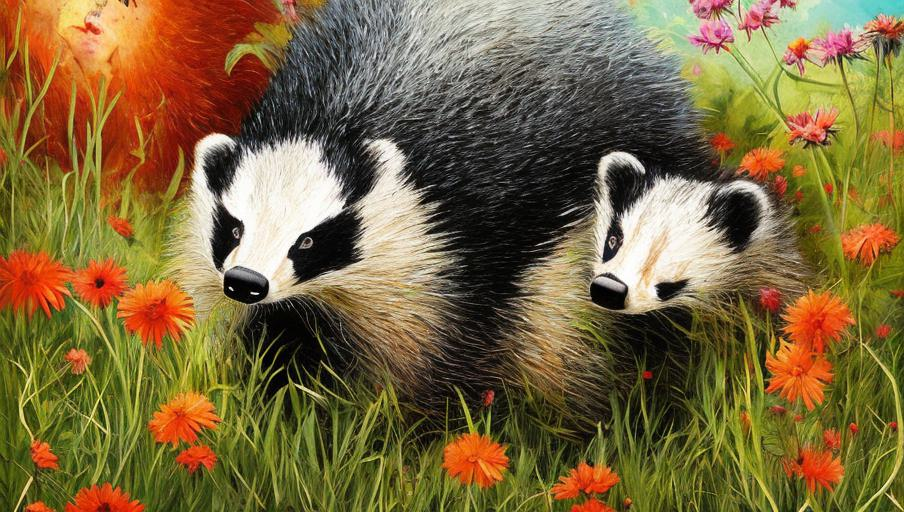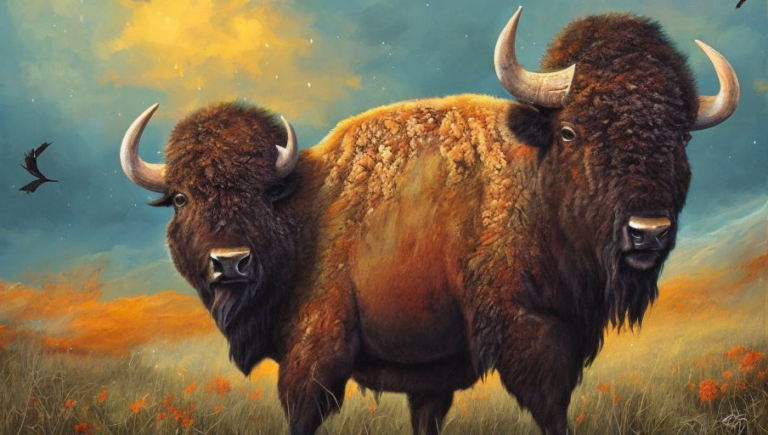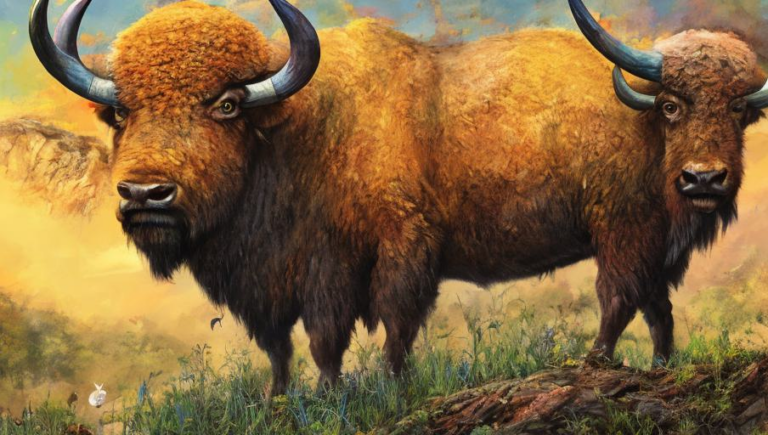Protecting Badgers: Understanding Their Habitats and How We Can Help

What are Badgers?
Badgers are small, burrowing mammals that can be found in various habitats around the world. They belong to the family Mustelidae, which also includes weasels, mink, and otters. Badgers are easily recognizable by their distinctive black and white striped fur. They also have long, sharp claws that help them dig their burrows and search for food.
Badger Habitats
Badgers are found in a variety of habitats, from grasslands and forests to suburban backyards. In the United States, badgers can be found in the western and midwestern states in areas with open grassy areas. They are also found in parts of Canada and Europe. Badgers are solitary animals and generally make their homes in underground burrows, which they have dug out with their sharp claws.
What Do Badgers Eat?
Badgers are omnivores, meaning they eat both plants and animals. They typically feed on small insects, such as beetles and earthworms, as well as small rodents, snakes, and lizards. In the summer months, badgers will also feed on fruits and vegetables. They also enjoy eating small birds, eggs, and carrion.
Threats to Badgers
Badgers are threatened by habitat destruction due to human activities, such as farming and urban development. They are also threatened by the illegal pet trade and poaching, as well as diseases, such as tuberculosis and rabies. In some areas, badgers are also hunted for their fur or for sport.
How We Can Help Badgers
There are several ways we can help badgers and their habitats. One of the most important things we can do is to protect their natural habitats from development and destruction. We can also help by supporting conservation efforts, such as planting native plants and trees, as well as avoiding the use of pesticides and herbicides. We can also help by supporting legal protection for badgers, such as laws that prohibit hunting and the illegal pet trade.
Conclusion
Badgers are an important part of our natural environment and are threatened by a variety of human activities. By understanding their habitats and identifying the threats they face, we can take action to help protect them. By supporting conservation efforts, avoiding the use of pesticides and herbicides, and supporting legal protection for badgers, we can help ensure their survival and the health of their habitats.





